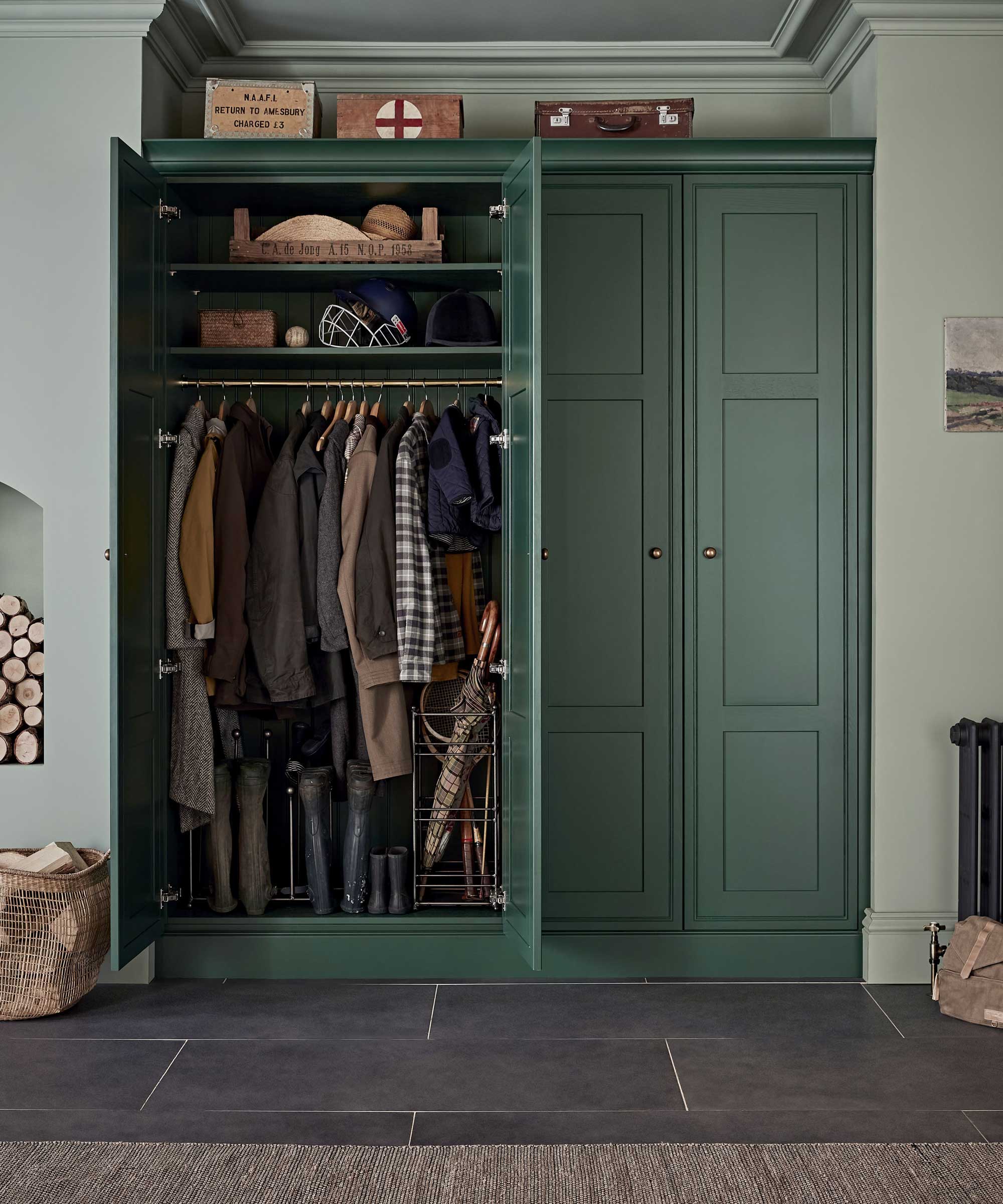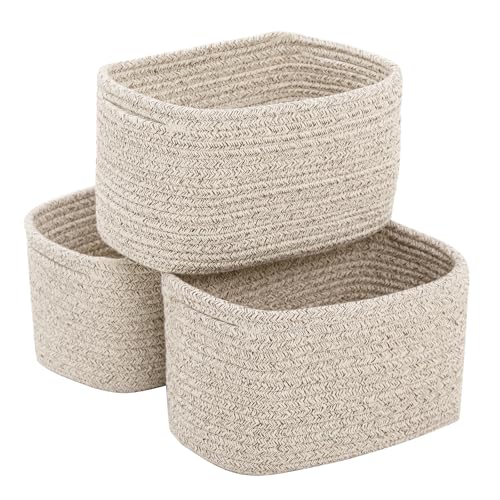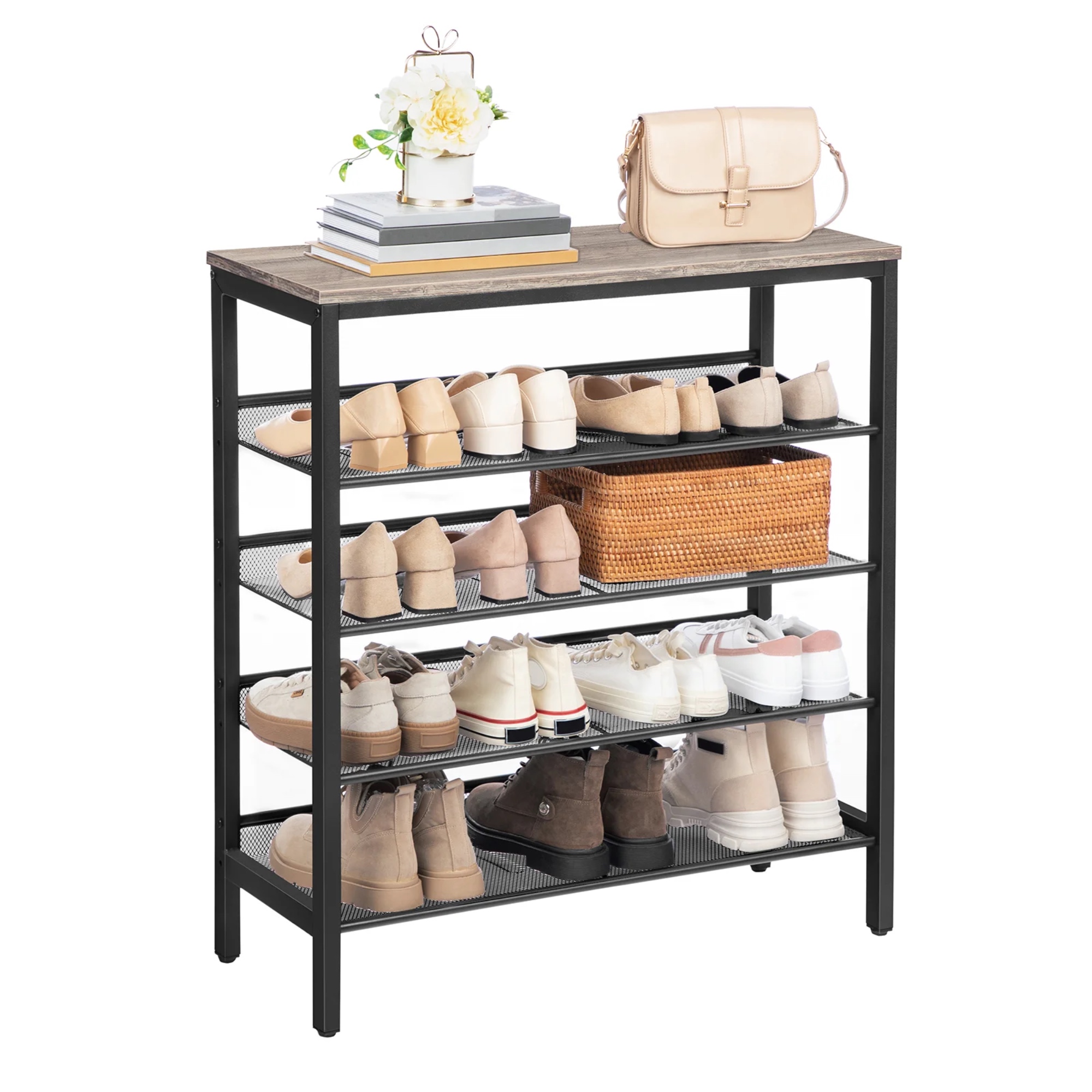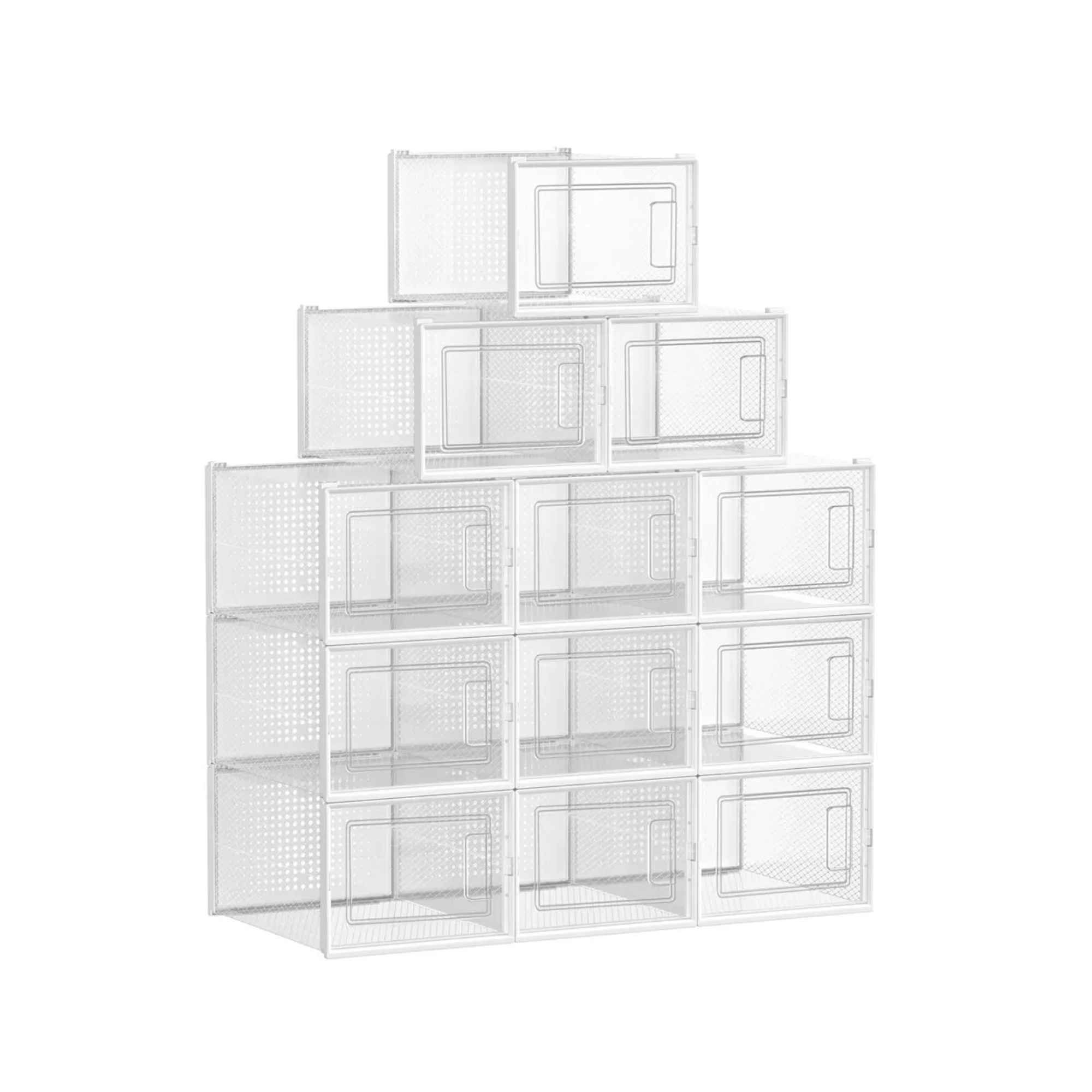
So often a dumping ground for coats and shoes, school bags and sports equipment, keeping an entryway closet neat, tidy and clutter-free can feel like an impossible task in busy households, yet the organizational pros argue it can be done, and easily, too.
What’s their secret? We took it upon ourselves to find out and successfully uncovered eight tried-and-tested rules they always follow in their own homes, along with insider tips on how you can employ them in yours.
From seasonal sort outs to space-boosting storage hacks, they are delightfully straightforward. Stick to this list to ensure functional entryway closet ideas that cater for all, and enjoy an inviting, clutter-free entryway as a result.
Rules to follow for a clutter-free entryway
1. Be selective about what you store in it
Rather than cramming everything you own into your entryway closet, Punteha van Terheyden, Head of Solved for Homes & Gardens, suggests you be selective to ensure it stays functional.
‘While it may feel convenient to have everything in one spot, storing too many things in your entryway closet can make finding what you need to leave the house a stress you don't need at the last minute. Professional organizers are pretty strict when decluttering an entryway closet, with only the items they use most regularly allowed to stay.'
Try switching up items in your entryway closet according to season and stashing softer items such as coats, hats, and scarves in a space-saving bag such as the Spacesaver Vacuum Storage Bags available at Amazon, ready for next year.
2. Declutter at the start of a new season

Swapping out items at the end of the season is great, but the experts don’t stop there. ‘Make it a rule to declutter each time too, so you’re not simply replacing items you don’t want or use’, adds Punteha.
Go through each item and decide whether you really want it. If you didn’t use it last season, chances are you won’t this time, so get rid. Organize coats, shoes and accessories by asking children to try on last season’s gear ahead of buying anything new, so you don’t wind up with unnecessary duplicates.
Another great decluttering tip is if you didn't know you had it, donate, recycle or get rid of it.
3. Have a home for everything
With multiple people using the same space, an entryway closet can descend into chaos pretty quickly if items don’t have designated drop zones. To simplify things, professional organizer Meaghan Kessman recommends broadly grouping like-items into labeled bins or baskets.
‘When everything has a designated spot, you’re more likely to put items away immediately, keeping clutter at bay’, she explains.
‘Tailor categories according to your household’s needs – a bin for sports gear, a basket for pet supplies, a shelf for toys and outdoor accessories, etc. Use clear containers [we'd recommend the Vtopmart stackable storage bins at Amazon for smaller items as they're nicely sized, durable and have built-in handles] so you can quickly identify contents and add stylish labels for a more polished look. Ensure everyone knows what goes where to maintain order going forwards.’

This handy set of three woven baskets is perfect for an entryway closet. Stash on shelves or at the bottom and make sure the people in your household know which box is theirs. This set of three is available in eight other colors to suit most aesthetics.
4. Adapt storage to suit your needs
Whether you’ve just moved into a new place or your organizational requirements have changed over time, learning to live with unsuitable entryway closet storage is an easy trap to fall into. Assessing and adapting it regularly is something the most organized families have in common.
Even the smallest of modifications can make a difference, lowering coat hooks to organize an entryway with children in mind, or modifying shelving to accommodate sports equipment, for example.
‘If you have children, consider doubling your hanging capacity by mounting IBosins heavy-duty double prong coat hooks from Amazon. They’re more likely to hang their own bags and coats up after school if they’re easy to access,’, says Lucy Searle, Global Editor in Chief, Homes & Gardens.

This stylish shoe rack works just as well outside of an entryway closet as it does in, making it a versatile choice. Each of the four layers holds around three to four pairs of shoes and can be adjusted to be flat or tilted for easier access, depending on the heel size. Line the wooden shelf up top with bins and baskets to maximize it's utility.

This handy organizer can be mounted flush inside an entryway closet (or on the wall next to the door, it's rustic farmhouse finish is certainly good-looking enough). Available in five colorways, it features hooks and shelving, making it the perfect drop zone for keys, mail and other everyday essentials.

With front-facing panels that open, these stackable boxes are designed for shoes (with ventilation holes to keep them fresh), but they can hold other things too – gloves, hats, pet supplies, anything you need. They're super easy to assemble and can be slotted into a configuration that suits your space.
5. Not overdoing organizers
While it’s true that some shop-bought closet organizers do make life easier, one of the biggest entryway storage mistakes people tend to make is bringing in more storage solutions than they actually need.
We get it, stylish entryway storage ideas can be hard to resist, but investing in unnecessary baskets, boxes and shelving units can actually hinder organization rather than enhance it, plus you’re creating an opportunity to store unnecessary items.
‘Instead of thinking about ways to increase storage, consider how you could reduce your items to fit what you’ve already got, either through decluttering or rehoming items elsewhere. I like to use Rebrilliant Oleeta shelf dividers from Wayfair in my closet for handy cubbies I can fit more in without it feeling cluttered’, says Jennifer Ebert, Editor, Homes & Gardens.
6. Utilize vertical space
Entryway closets are often pretty narrow, so you’ll need to utilize vertical space if you want to ensure accessible storage – and enough square footage to actually get to it.
Professional organizer Meaghan says, 'Installing adjustable shelves, hanging rods, and door-mounted organizers is a great way to maximize every inch of space, particularly when organizing a small entryway. I also recommend using stackable solutions to my clients, such as the Everything Organizer small drawer set from The Container Store. The drawers can be stacked or positioned side by side depending on your closet layout.
‘When it comes to what goes where, store less frequently used items like hats, gloves, and scarves on higher shelves, while keeping everyday essentials like shoes and bags on lower levels. This helps to prevent clutter and make it easier to grab what you need as you head out the door’.
7. Be savvy with shoe storage
Footwear can overrun an entryway closet quickly without proper shoe storage ideas in place. Opt for slimline units that keep shoes hidden away, but make a hard and fast rule that each family member has only one or two everyday pairs close to the front door.
‘I usually recommend floor-based shoe racks since those will keep mud, dirt and germs away from your jackets and coats, but if space is limited, a Gorilla Grip over the door organizer from Amazon is the next best thing – the mesh pockets keep shoes nicely contained and allow them to breathe so they don’t get too smelly’, says professional organizer Michelle Urban, founder of The Organized House.
8. Put things away, straight away
‘As much as it’s tempting to shove stuff in and close the door on clutter, make it a habit to put things back in their rightful place straight away – you’ll thank yourself for it in the morning’, says Michelle.
Position these sturdy-yet-stylish Bay Isle Home™ wicker storage baskets, available at Wayfair, next to the front door for your kids to pop their belongings into and agree a time later they can sort it out. Just be mindful it doesn't get filled with things that don't belong there or becomes a spot that is never sorted out as this will lead to more entryway closet clutter, not less.
Now you’ve got clutter under control, you’ll want to start thinking about decorative entryway ideas to inject some style and personality – it’s the first space you (and your guests) see when you open the door, so take the opportunity to make it look inviting.







